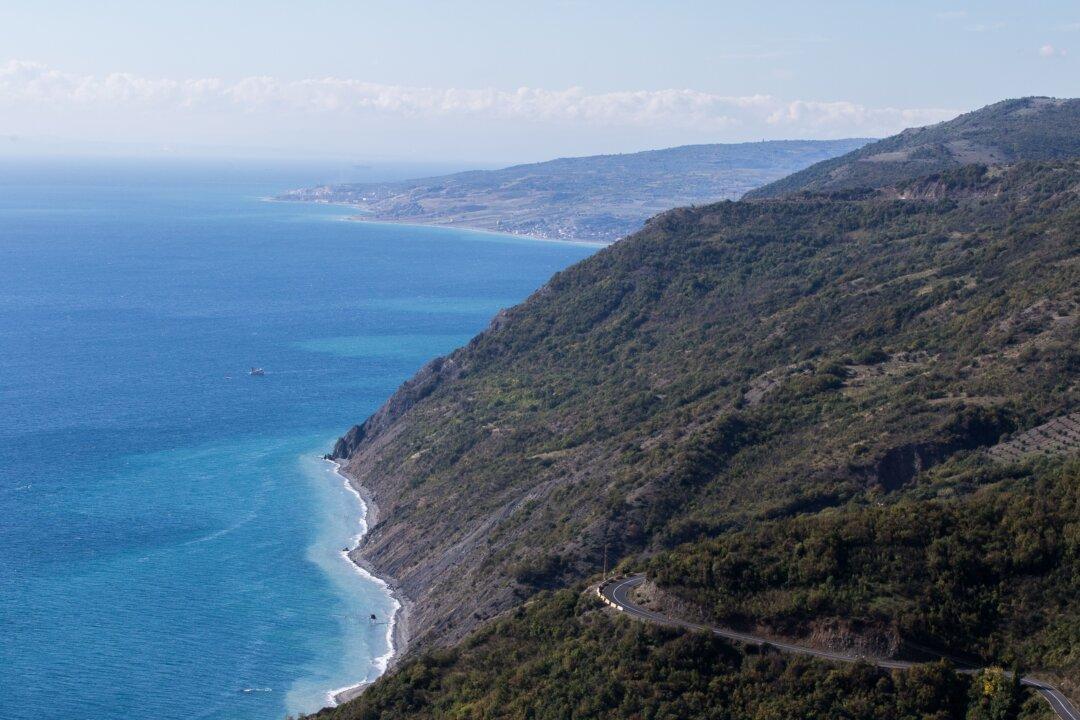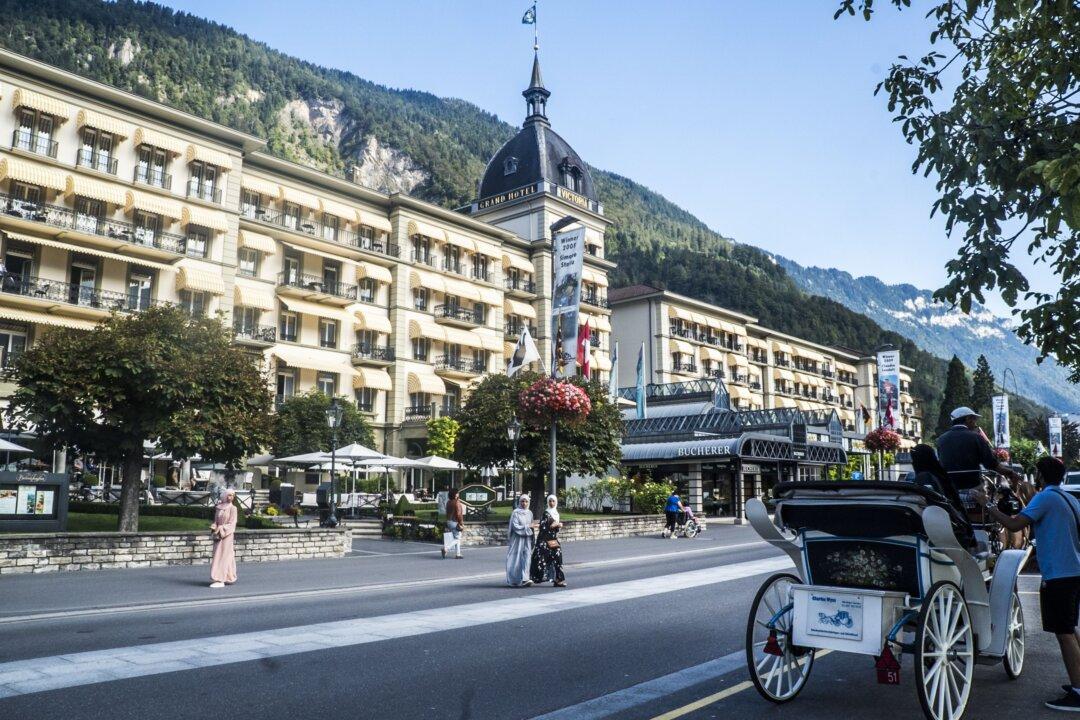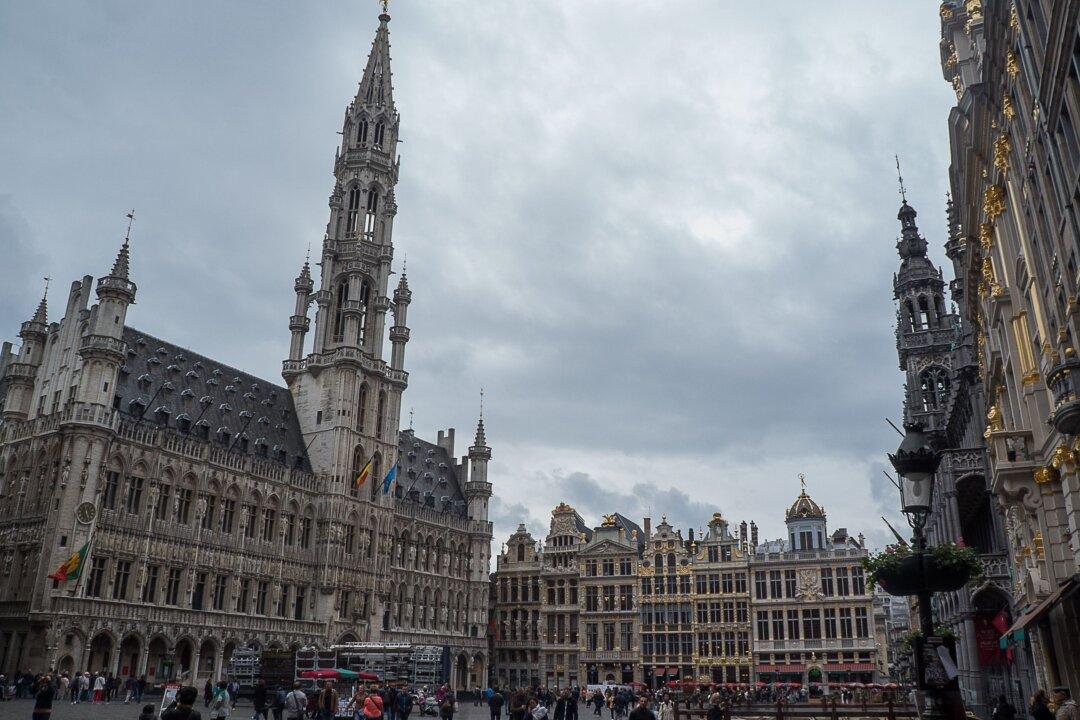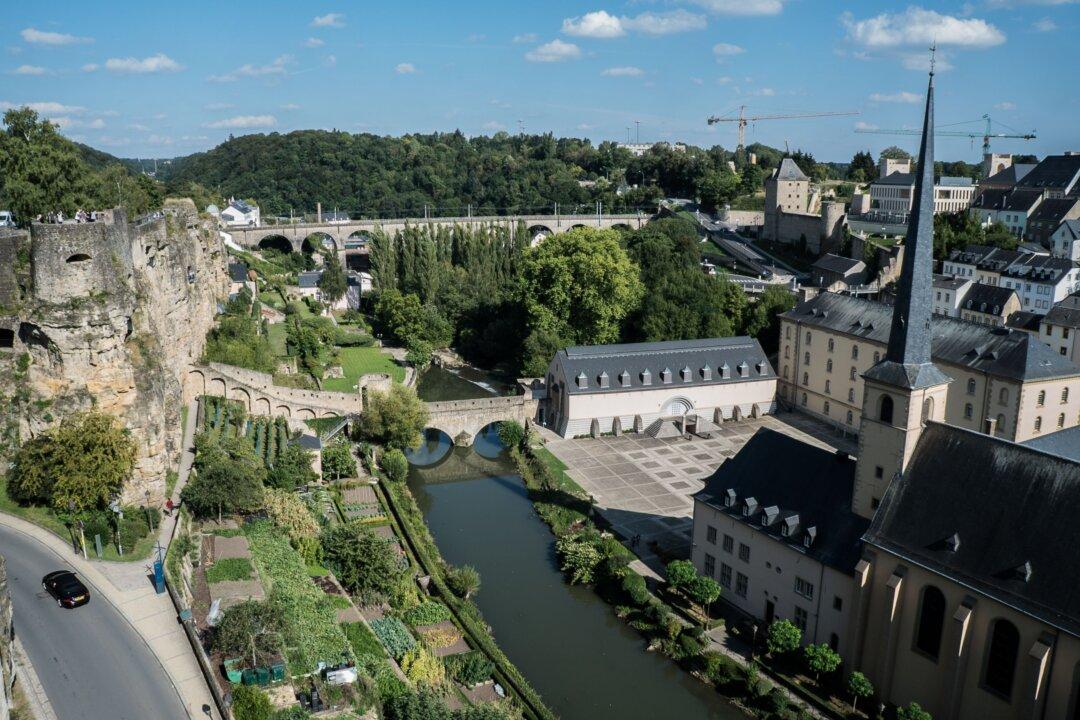Some of the most fought-over areas in the old Roman world can be found in Thrace, a region in southeast Europe whose historical boundaries have varied since antiquity. Over centuries, the region was disputed by kings and emperors and witnessed changing civilizations, from Thracian tribes to Romans, Germanic tribes to Ottoman Turks.
Today, Thrace’s boundaries extend into Turkey, Bulgaria, and Greece. Eastern Thrace is located in the European part of Turkey as part of the Marmara Region, and this is the area I explored on a visit last fall.





